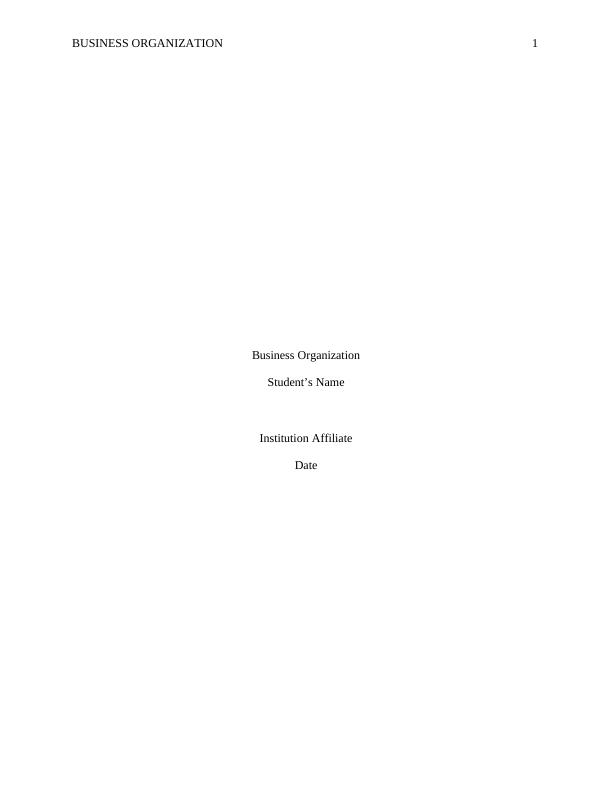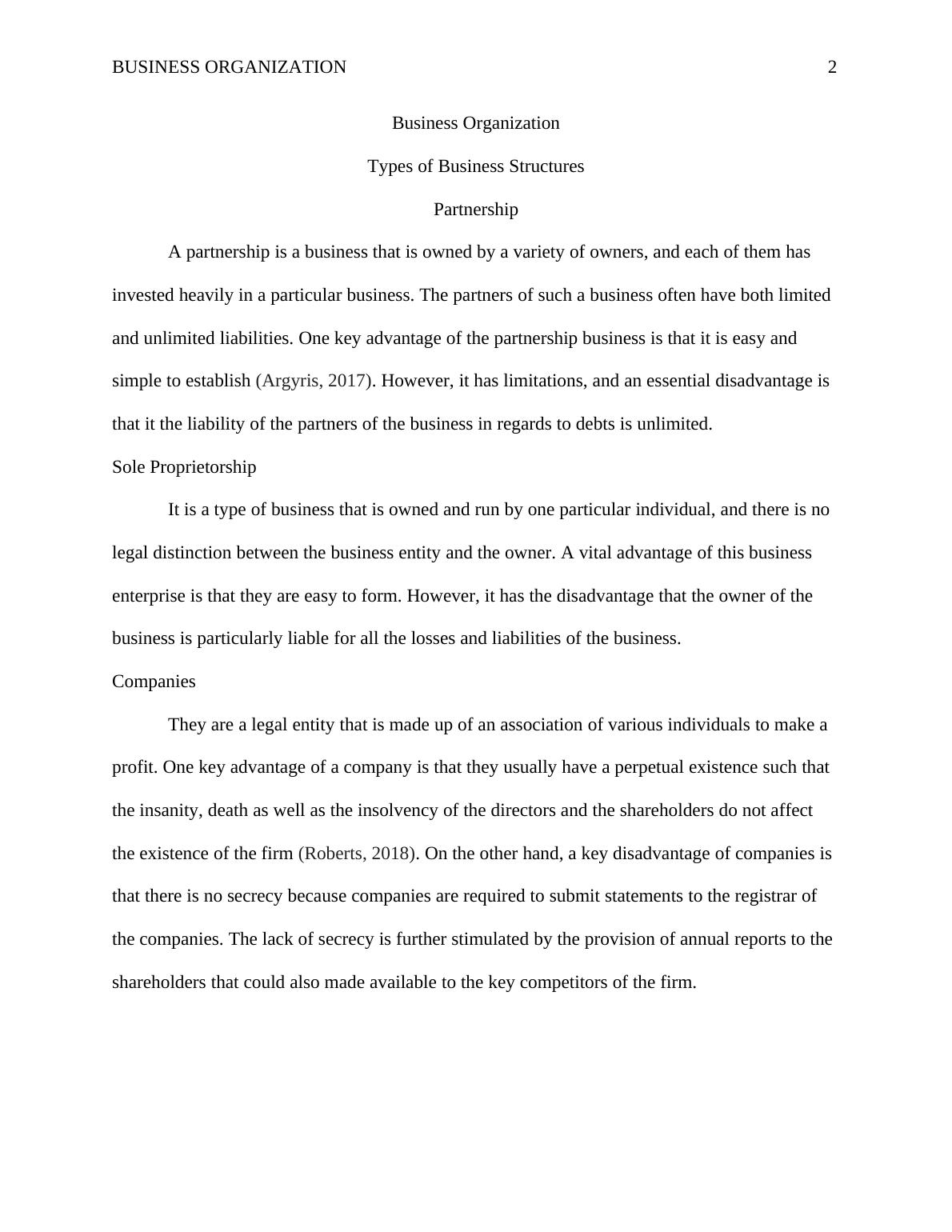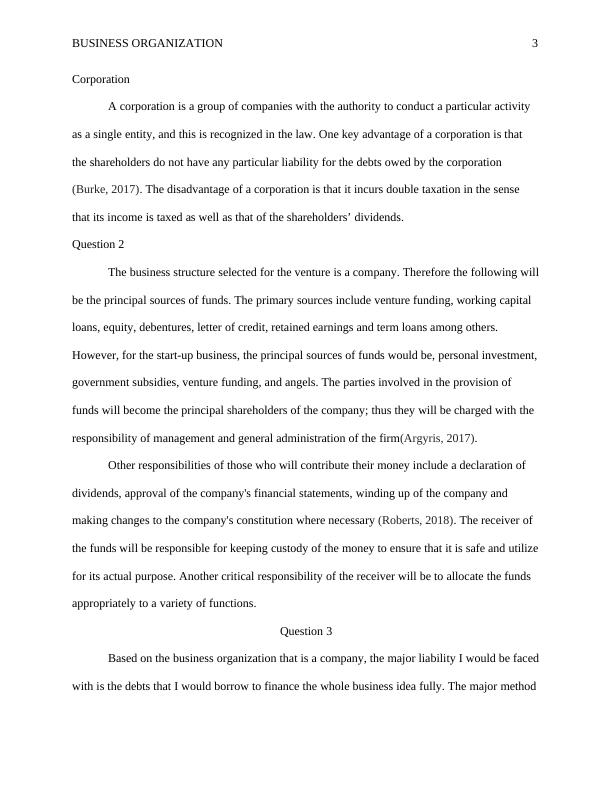Types of Business Structures
Review the materials from Module 8 and prepare responses to the questions about the fact scenario related to a business venture in the renewable resource sector.
7 Pages1563 Words57 Views
Added on 2023-01-03
About This Document
This document provides an overview of different types of business structures including partnership, sole proprietorship, companies, and corporation. It discusses the advantages and disadvantages of each structure and also explores the sources of funds for a company. The document also covers the major liabilities faced by a company and the factors to consider when formulating share structure. Additionally, it explains the duties of directors and officers of a corporation and the remedies for dissatisfied employees. Finally, it discusses the termination of corporations and the penalties associated with personal liability.
Types of Business Structures
Review the materials from Module 8 and prepare responses to the questions about the fact scenario related to a business venture in the renewable resource sector.
Added on 2023-01-03
ShareRelated Documents
End of preview
Want to access all the pages? Upload your documents or become a member.
Sources of Finance for Unincorporated and Incorporated Businesses
|6
|1254
|433
Managing Accommodation Services
|19
|2107
|23
Conflicts of Interest among Shareholders and Business Managers
|8
|2308
|455
Business Formation - Operation and Management
|4
|1085
|19
Business Types and Functions: Examining Organizational Structure, Functions, and Culture
|7
|2138
|470
Partnership Form of Business for Herb's Business
|5
|656
|249



